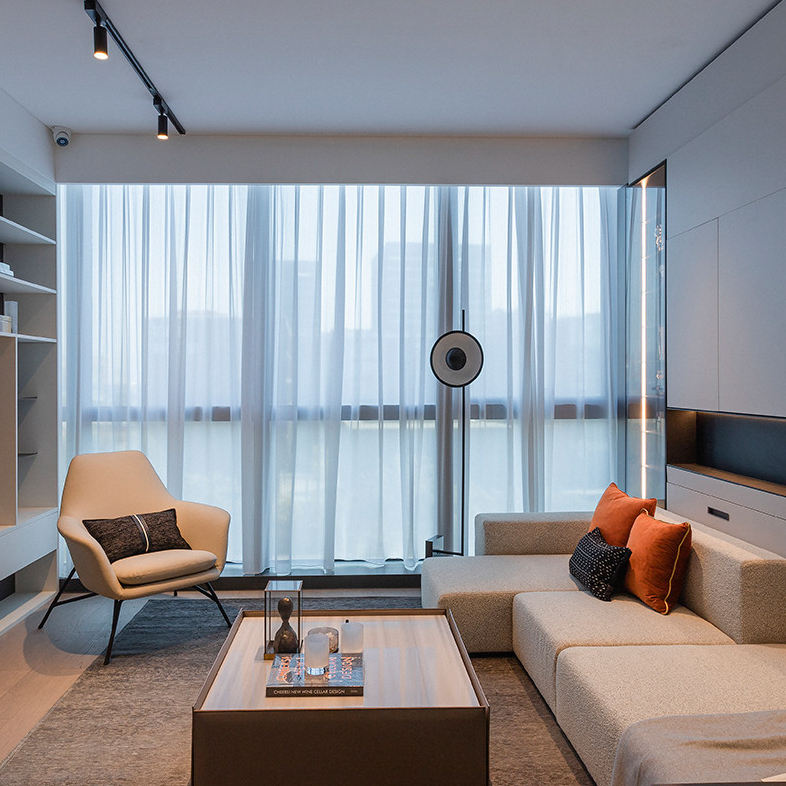Lustre Noir is a dark, lustrous type of glaze used in pottery and ceramics. Its deep, rich color and shiny finish create a unique and alluring look that has captivated artists and collectors alike. In this article, we’ll delve deeper into the history and characteristics of Lustre Noir and explore its enduring appeal.
History of Lustre Noir
Lustre glazes have been used since ancient times, with evidence of their use found in Egyptian pottery from as early as 2000 BCE. The technique was also highly developed in Islamic ceramics from the 9th to 14th centuries. Lustre glazes use metallic oxides that create an iridescent effect when the pottery is fired.
Lustre Noir, specifically, has its roots in Europe, where it was first used in Italy in the 16th century. It quickly gained popularity in Spain and Portugal, where it was often used to decorate religious objects. Lustre Noir was used in England in the 19th century, where it was commonly used to decorate tiles, vases, and decorative objects.
Characteristics of Lustre Noir
Lustre Noir is characterized by its deep, dark color and its glossy, metallic finish. The glaze is made using a combination of metallic oxides and a flux, which is a glass-like substance that binds the glaze to the surface of the pottery.
The metallic oxides used in Lustre Noir can include copper, silver, and gold. The addition of these oxides creates a range of colors from deep reds to rich browns and blacks. The metallic finish of Lustre Noir is created by a thin layer of silver that is applied over the glaze and then fired at a high temperature.
Applications of Lustre Noir
Lustre Noir has been used in a variety of ways throughout history. In the Middle East, it was used extensively to decorate ceramic tiles, pottery, and architectural elements like domes and minarets.
In Europe, Lustre Noir was used in a variety of decorative objects, including vases, plates, and figurines. The technique was also used to decorate religious objects like chalices and altarpieces.
In modern times, Lustre Noir continues to be used in pottery and ceramics. Contemporary artists often experiment with the glaze to create new and innovative designs.
The Enduring Appeal of Lustre Noir
Despite its long history, Lustre Noir continues to captivate artists and collectors today. Its unique combination of deep, dark color and glossy metallic finish create a mesmerizing effect that is hard to resist.
Part of the appeal of Lustre Noir is its complexity. The glaze requires a skilled hand and a precise firing technique to get just right, and its metallic finish can create unexpected results depending on the firing temperature and conditions.
Lustre Noir’s enduring appeal also has to do with its historical significance. As a technique that has been used for centuries, Lustre Noir is a link to the past and a reminder of the long and fascinating history of ceramics.
Lustre Noir is a unique and alluring type of glaze used in pottery and ceramics. Its deep, dark color and glossy metallic finish have captivated artists and collectors for centuries, and its enduring appeal shows no signs of fading. Whether used on tiles, vases, or decorative objects, Lustre Noir is a beautiful and timeless technique that continues to inspire and fascinate.
